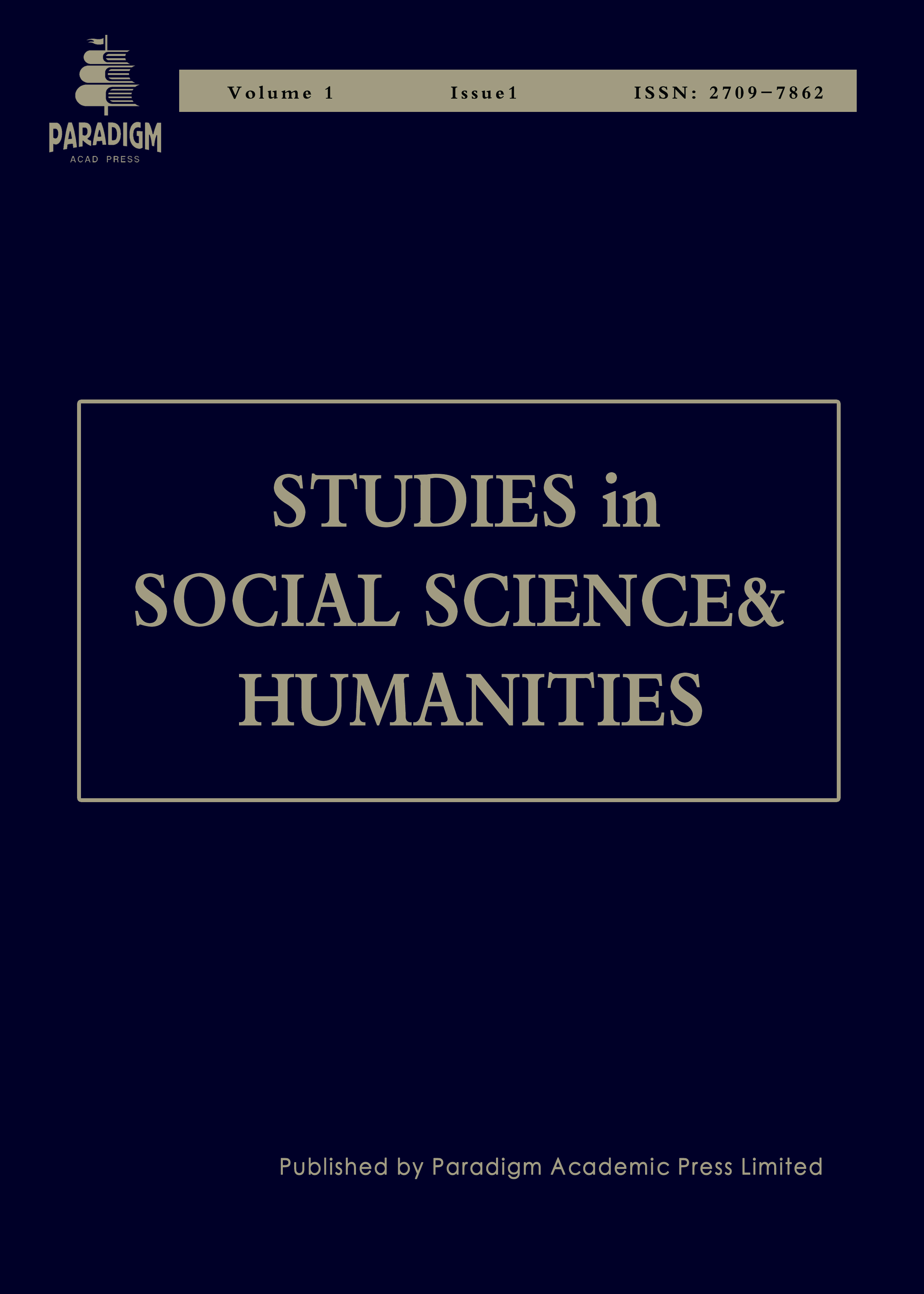Milk Replacer Feeds and Feeding Systems for Sustainable Calf Rearing: A Comprehensive Review and Analysis
Keywords:
milk replacer, calf rearing sustainable feeding systems, dairy cow performanceAbstract
This comprehensive review examines milk replacer feed and feeding systems for sustainable calf rearing. Milk, a nutrient-rich liquid produced by female mammals, is vital for the nutrition of offspring. However, the high cost and disease risks associated with feeding whole milk to calves have led to the development of milk replacement feeds. This study emphasizes the importance of rearing practices, including weaning age, post-weaning management, and factors such as breed, starter ration, and rearing environment in influencing dairy cow performance. Milk replacers offer a cost-effective alternative, allowing farmers to sell milk at market prices, while using affordable substitutes for calf growth. This approach conserves milk for human consumption, provides high-quality proteins and energy, and evaluates milk replacement quality based on animal performance. In developing nations, the adoption of milk replacers can be facilitated by utilizing locally available ingredients to improve calf growth, while preserving milk resources. Proper nutrition in young calves is essential for their health and dairy profitability. This review highlights the risks of feeding raw milk to calves and suggests alternative options such as milk replacers, surplus colostrum, transition milk, and waste milk. This review provides a comprehensive overview of milk replacer feeds and feeding systems, emphasizing nutrition, quality evaluation, alternative approaches, and sustainable practices in calf rearing for long-term success in the dairy industry.


